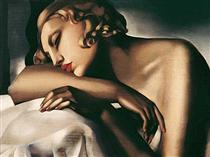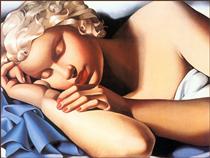
1898 - 1980
Tamara de Lempicka
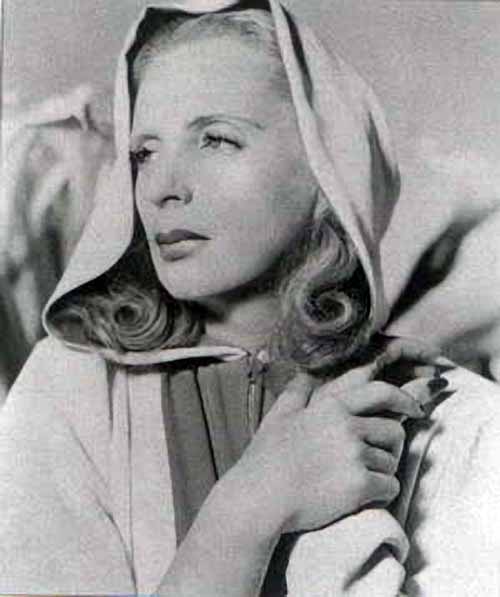
description
Tamara de Lempicka (born Maria Górska) was a Polish American artist and author of the famous painting “La Belle Rafaëlla”.
Tamara loved music when she was young, and it was thought that she would become a pianist. However, after her trip to Italy she became interested in painting.
Works by Lempicka combine the styles of Art Deco, Cubism and Mannerism. The gloomy and unfriendly mood of her characters resembles the mood in portraits by 16th century Italian Mannerists.
Lempicka’s hedonistic lifestyle was accompanied by intense love affairs within high society. She often used formal and narrative elements in her portraits and nude studies. At the height of her popularity, she created about 150 paintings. The great financial depression and changes in fashion, however, pushed her into the shadows. She was hit particularly hard in the 1950s, when bourgeois dealers officially supported Abstract art.
The artist always admired her own paintings: “Among a hundred canvases, mine were always recognizable”, she said, “The galleries tended to show my pictures in the best rooms, because they attracted people. My work was clear and finished. I looked around me and could only see the total destruction of painting. The banality in which art had sunk gave me a feeling of disgust. I was searching for a craft that no longer existed; I worked quickly with a delicate brush. I was in search of technique, craft, simplicity and good taste. My goal: never copy. Create a new style, with luminous and brilliant colors, rediscover the elegance of my models.”
Key ideas:
– Tamara de Lempicka criticized Impressionists for using “dirty colors”. Her technique was clean, precise and elegant. “I was the first woman to make clear paintings,” she said.
– The artist developed a unique and generalizable approach. Working with large planes, she used only a few selected and precise details. The hair or wrinkles of her character’s clothes are often reminiscent of twisted scraps.
– The artist made active use of perspective and close-up. Characters in her paintings could be larger than they were in reality, which amplified their stature.
1898
1925
1966
1980
The birth of the artist
Lempicka took part in the International Exposition of Modern Industrial and Decorative Arts
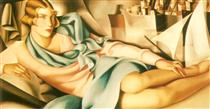
The anniversary exhibition of her paintings
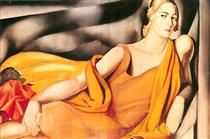
The death
